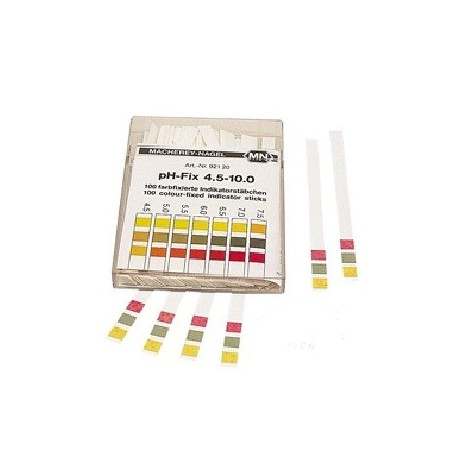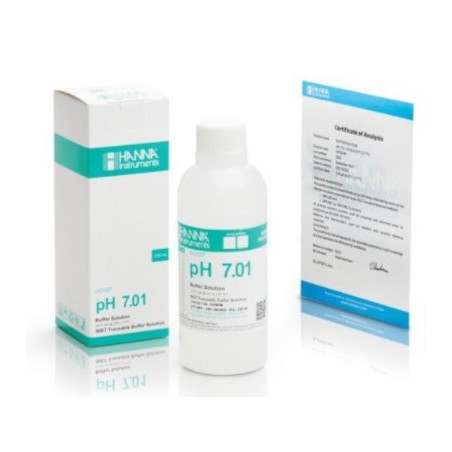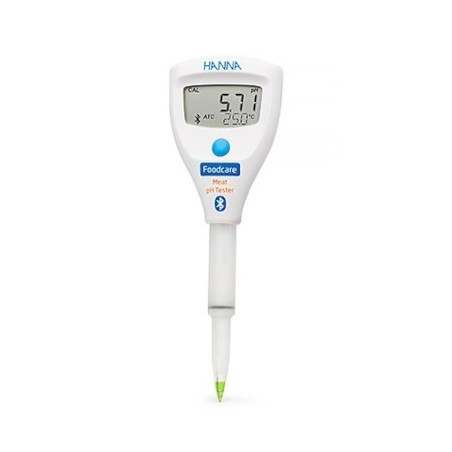Steeping high fiber ingredients like DDGS with carbohydrases may potentially improve their feeding value. We investigated growth performance of growing pigs fed diets containing DDGS treated with a blend of β-glucanase and xylanase (XB) with or without extended steeping. Treatments were 1) corn- soybean meal based diet with 30% DDGS (C), 2) C + XB without steeping (XBNS), and 3) C + XB with the DDGS steeped with XB (16% DM) for 3 to 8 d at 40°C (XBS). All diets had phytase (750 FTU/kg) and met nutrient requirements for growing pigs. The target activities for XB were 1050 and 5500 U/g of DDGS for β-glucanase and xylanase, respectively. Samples were taken during DDGS steeping and at feeding for pH analyses. A total of 144 pigs (25 kg BW) were assigned to pens (3 barrows and 3 gilts) based on initial weight and allocated to the three treatments in a 2-phase feeding program (3-wk/phase). Diets were delivered by computer controlled liquid feeding system at a feed to water ratio of 1:4, four times per day. Pigs had free access to water. At the end of the experiment, 1 pig per pen was sacrificed for gastrointestinal measurements. The average pH of steeped DDGS on d 0, 1, 3, 5, and 8 was 4.42, 3.65, 3.86, 3.89, and 3.92, respectively. The pH of diets at feeding time was lower for XBS (4.7) compared to C and XBNS (5.5).
Pigs fed XBNS had higher ADG than C in phase 1 and in phase 2. Overall ADG was higher for XBNS than XBS, while pigs receiving C were similar to XBS pigs. There were no effects on ADFI throughout the experiment. However, pigs fed XBS had numerically lower ADFI in phase 1 (−4.0%) and phase 2 (−5.2%) relative to XBNS pigs. Pigs receiving XBNS (1.68) and XBS (1.69) had better feed:gain than C (1.78) during phase 1. Treatments did not influence empty gastrointestinal weight.

In conclusion, treating DDGS with XB with or without steeping resulted in improved feed efficiency for the first 3 wk, suggesting degradation by XB of dietary fibrous components that may limit nutrient utilization in younger pigs. Supplementation with XB improved ADG when DDGS were not steeped; however, steeping appeared to reduce feed intake, resulting in poorer ADG.
Rho, Y., Moran, K., Wey, D., Zhu, C., Walsh, M. C., Kiarie, E., van Heugten, E. and de Lange, C. F. M. (2017). 082 Growth performance responses of growing pigs when fed corn-soybean meal diets with corn DDGS treated with fiber degrading enzymes with or without extended steeping. Journal of Animal Science, 95(supplement2), 38-39. https://doi:10.2527/asasmw.2017.082








